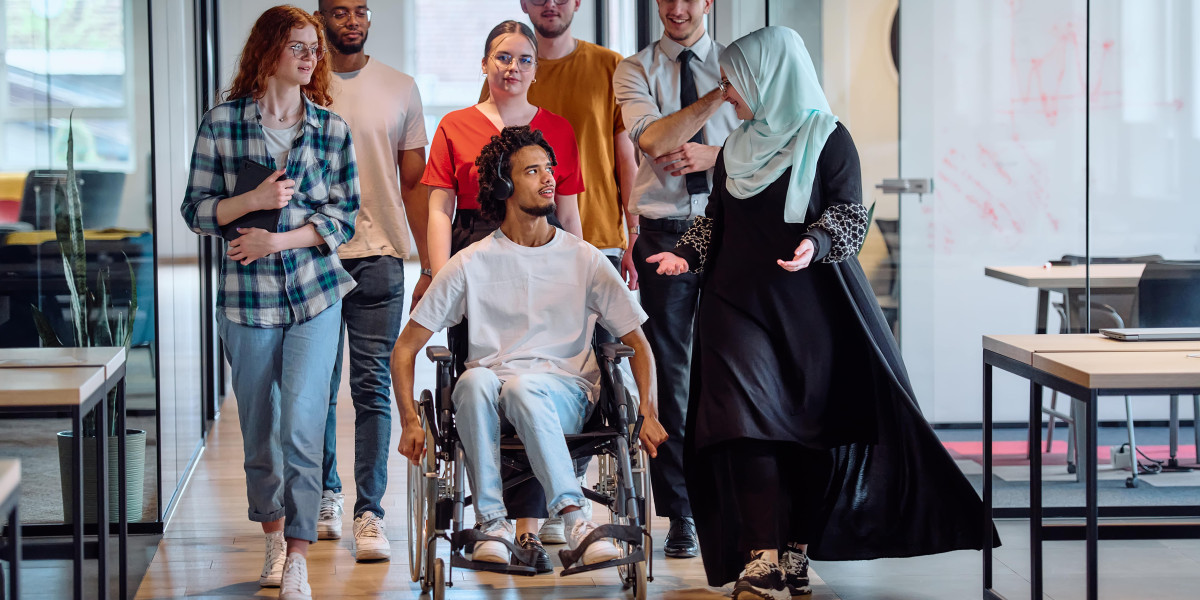What Is KPV?
KPV stands for lysine–proline–valine, a short tripeptide derived from the C-terminal end of the protein alpha-1 antitrypsin. Unlike larger peptides that require complex synthesis or delivery methods, KPV can be produced efficiently in laboratories and delivered orally or via injection with minimal risk of immunogenicity. The peptide is naturally found in many tissues, including skin, muscle, and brain, where it contributes to the regulation of immune responses. Its biological role involves binding to specific receptors on immune cells, thereby dampening the release of pro-inflammatory cytokines such as tumor necrosis factor alpha (TNF-α), interleukin 1 beta (IL-1β), and interferon gamma (IFN-γ). Because these cytokines are central drivers of inflammation, KPV effectively acts as a built-in brake on the inflammatory cascade.
? 1. Blocking Pro-Inflammatory Cytokines
One of the most compelling findings about KPV is its ability to suppress pro-inflammatory cytokine production in vitro and in vivo. When immune cells such as macrophages are stimulated with lipopolysaccharide (LPS) or other danger signals, they normally release large amounts of TNF-α and IL-1β. Studies have shown that adding KPV at concentrations as low as 10 micromolar can reduce the secretion of these cytokines by up to 70 percent. The mechanism involves the peptide’s interaction with a receptor complex on the cell surface that modulates signaling pathways downstream of Toll-like receptors (TLRs). By interfering with NF-κB activation—a key transcription factor that drives inflammatory gene expression—KPV keeps the production of cytokines in check.
In animal models, KPV has been administered after induced muscle injury or joint trauma. Researchers observed markedly lower levels of TNF-α and IL-6 in the affected tissues compared to controls. This reduction translated into less swelling, fewer pain signals, and a faster return to normal function. Importantly, the peptide does not suppress the entire immune system; it selectively curbs the overactive inflammatory response while leaving essential defense mechanisms intact.
The anti-inflammatory properties of KPV extend beyond cytokine suppression. The peptide has been found to inhibit the expression of matrix metalloproteinases (MMPs), enzymes that break down extracellular matrix components during chronic inflammation. By limiting MMP activity, KPV helps preserve tissue integrity and facilitates more efficient regeneration.
KPV is also notable for its safety profile. Because it mirrors a naturally occurring fragment of human proteins, it rarely triggers allergic reactions or autoimmune responses. Clinical trials involving healthy volunteers have reported no significant adverse effects even after repeated dosing over several weeks.
Recovery Applications
In the context of athletic performance, KPV offers several practical benefits:
- Reduced Muscle Soreness – After high-intensity training sessions, athletes often experience delayed onset muscle soreness (DOMS). By dampening cytokine release in damaged fibers, KPV can lessen pain and stiffness, allowing earlier participation in subsequent workouts.
- Joint Health Preservation – Repetitive motion or heavy loads can cause microtrauma to cartilage and synovial tissues. The peptide’s ability to inhibit MMPs protects joint structures, potentially lowering the risk of osteoarthritis in long-term athletes.
- Enhanced Healing After Injury – In cases of acute muscle strains or tendon ruptures, KPV accelerates the inflammatory resolution phase, promoting faster tissue remodeling and stronger functional recovery.
- Improved Immune Resilience – Intense training can temporarily suppress immune function, increasing susceptibility to infections. By modulating inflammation without complete immunosuppression, KPV helps maintain a balanced immune status during periods of high physical stress.
While research is still evolving, most preclinical studies use doses ranging from 0.1 to 5 milligrams per kilogram of body weight when delivered intravenously or intramuscularly. Oral formulations have shown lower bioavailability due to enzymatic degradation in the gut; however, encapsulation techniques such as liposomal delivery can improve absorption. Users should start with a conservative dose and monitor humanlove.stream for any gastrointestinal discomfort or skin reactions.
Side Effects
Because KPV is derived from endogenous proteins, it carries minimal risk of serious side effects. Minor issues may include transient injection site irritation when administered parenterally or mild nausea if taken orally in high doses. Long-term safety data are limited but encouraging, with no reports of organ toxicity or immune suppression beyond the intended anti-inflammatory action.
Conclusion
KPV represents a promising yet underappreciated tool for managing inflammation and enhancing recovery. Its precise targeting of pro-inflammatory cytokines, preservation of tissue integrity, and favorable safety profile make it an attractive candidate for athletes, physically active individuals, and patients dealing with inflammatory conditions. As research continues to uncover its mechanisms and optimize delivery methods, KPV could become a standard component in the repertoire of recovery protocols, offering a natural and effective means to keep the body in optimal condition after stress or injury.








